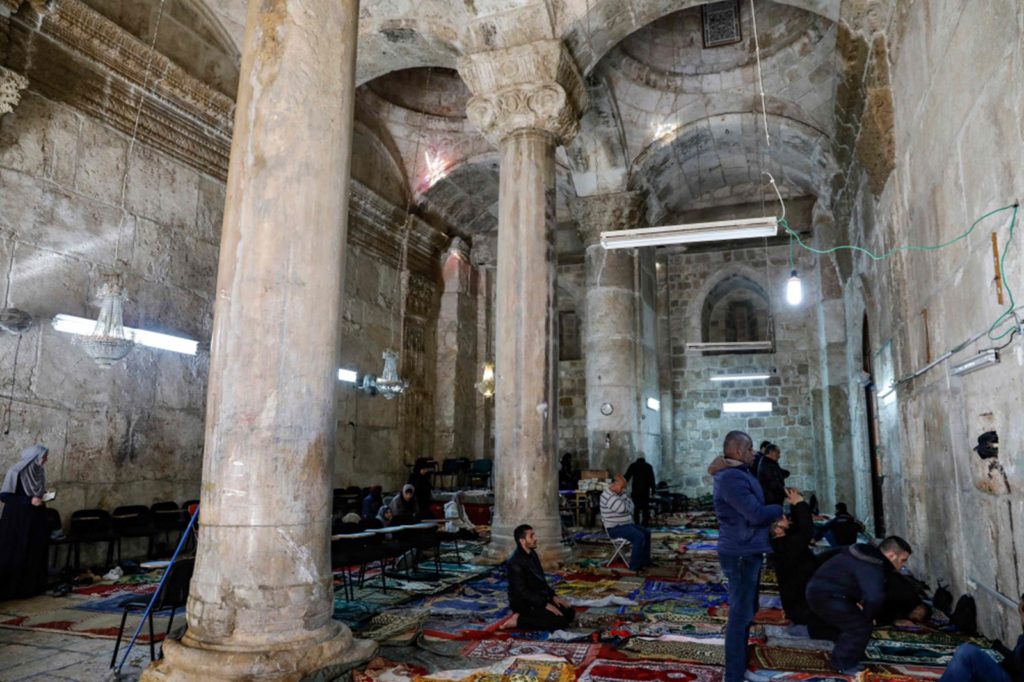A large statue of Trajan has been discovered in Laodicea.
Archaeologists have excavated another thermopolium in Pompeii, bringing the number to about 80.
Steps believed to be from the palace of Pontius Pilate in Jerusalem have been re-opened to visitors in Rome after 300 years.
The palace of Nero is now open to visitors and includes virtual reality features.
An ancient shipwreck off the Greek island of Alonissos is now being opened to recreational divers.
“Archaeologists have uncovered more than 100 ancient inscriptions [from the Middle Kingdom] carved into rock at Wadi el-Hudi, where the ancient Egyptians mined amethyst.”
The Temple Mount Sifting Project will re-start its sifting work on Jerusalem Day, June 2, but at a new location.
David Moster has released a new 5-minute video on butter churns from the ancient world.
Eisenbrauns has a 40-50% off sale through Sunday on some books related to ancient Israel.
New release: Excavations at Karkemish I. The Stratigraphic Sequence of Area G in the Inner Town, edited by F. Zaina. The print volume is available for purchase; the pdf is available for free (third item from the bottom).
Keith Taillon explains how Egyptian obelisks ended up in Paris, London, and New York City.
Luxor Times posts photos of the Grand Egyptian Museum, scheduled to open next year.
Brent Nongbri explains the archaeology of early Christian manuscripts.
The study of imagery from U2 spy planes is revealing numerous archaeological features.
Carl Rasmussen is giving a nicely illustrated tour of the Tomb of Annas, beginning with the exterior and continuing inside.
Ferrell’s favorite photo is one he took last week of a ewe and lamb grazing along the road from Jericho to Jerusalem.
HT: Agade, Ted Weis
